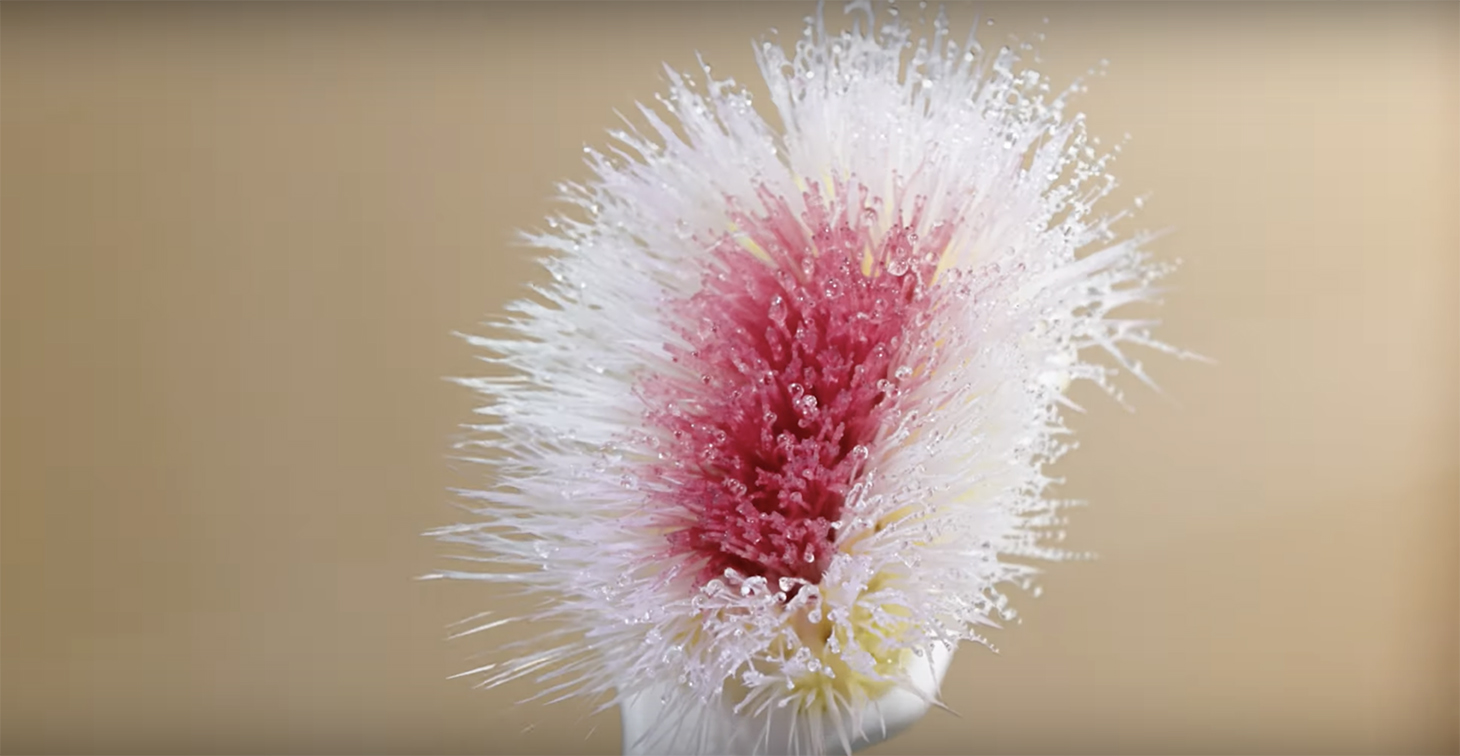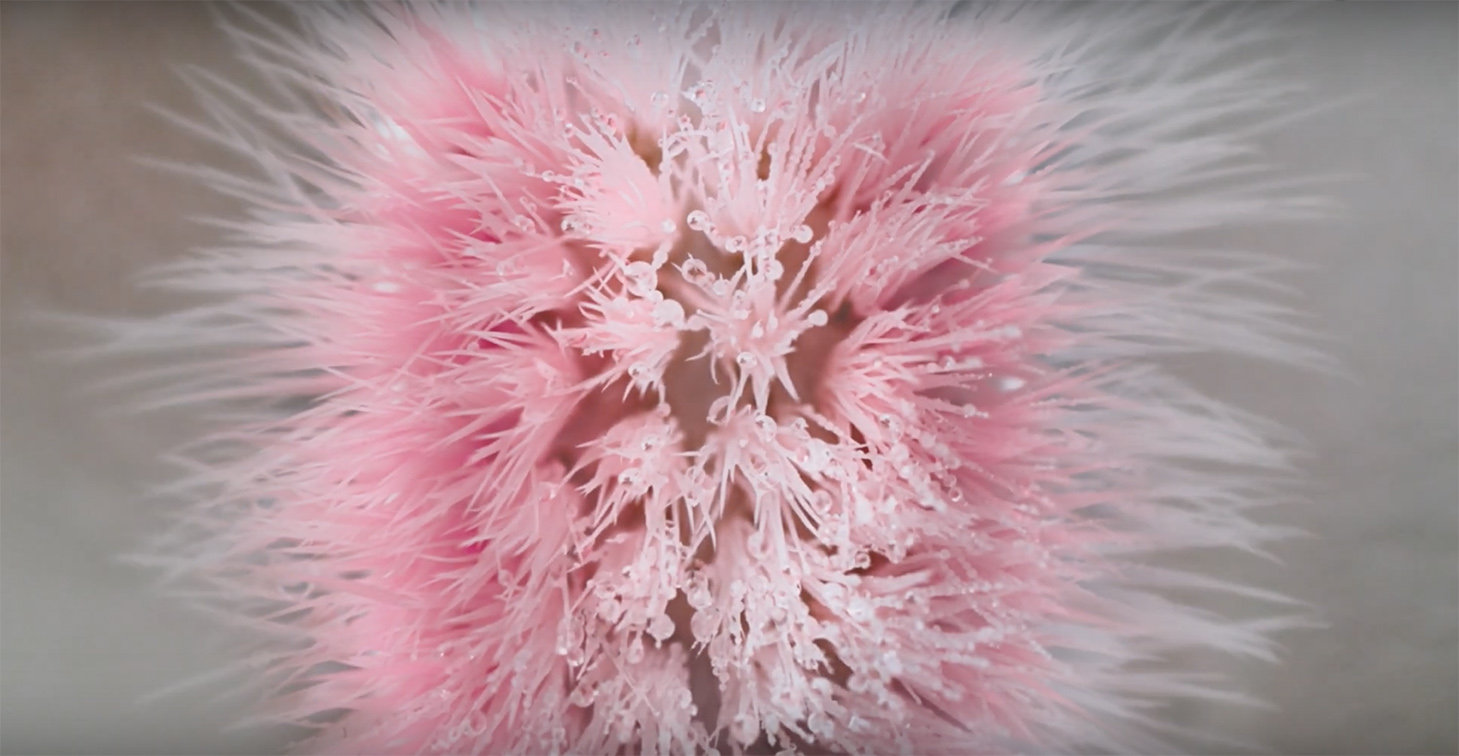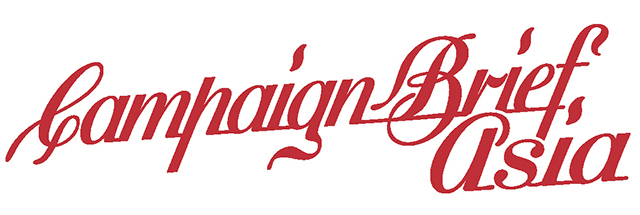Colgate and WPP@CP create new ‘Flower’ that warns of the risks of ignoring oral hygiene
India has long been a country that finds value in prolonging the life of everyday objects. The habit of stretching an item’s utility is ingrained in Indian culture. But some things aren’t meant to last forever. Especially when it comes to hygiene. Millions of Indians continue using their toothbrushes long past their recommended lifespan, unknowingly putting their oral health at risk. Colgate, in collaboration with WPP@CP, saw an opportunity to not just inform but to make people feel the urgency of change.
For over 5 days in March, visitors to Mumbai’s Veermata Jijabai Bhosale Botanical Udyan and Zoo found themselves face-to-face with high-definition panels showcasing the newest flower species the Indianis Dentris in mesmerizing detail. Little did they know that behind the dramatic lighting, macro photography and scientific descriptions, was nothing but an up-close and personal look at a highly overused toothbrush. The kinds that an alarming number of Indians have in their own homes.
“Breaking through consumer inertia wasn’t easy. The biggest challenge wasn’t awareness, it was action,” said Gunjit Jain, Executive Vice President, Marketing at Colgate-Palmolive (India) Limited. “People know they should replace their toothbrush regularly, but they don’t. We had to break that cycle, not with facts alone, but with an experience that made them feel the urgency.”
A flower truly rooted in Indian culture, the Indianis Dentris is as Indian as it gets. More than a just a symbolic flower, it’s the portrait of a national habit. Reflecting on the behaviour that needs change.
Juneston Mathana, Executive Creative Director, WPP@CP, said: “The real task was making them experience the realization for themselves. Once they made the connection, the behaviour shift was how we set out to achieve.”
Colgate didn’t just launch a campaign, it staged an intervention by turning an everyday habit into an unforgettable revelation. And testament to the flower power of this campaign was the fact that the conversation extended far beyond the exhibition walls. It changed the way the country looks at their toothbrushes, and perhaps, even their daily routines.


